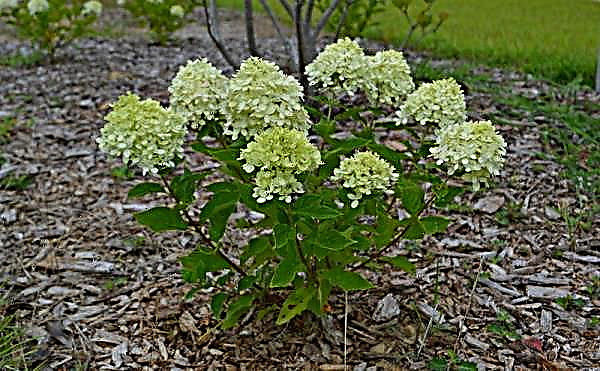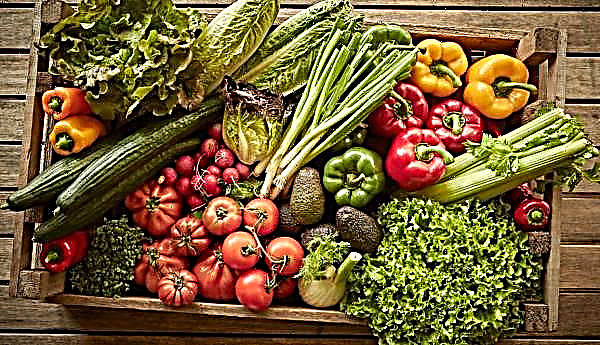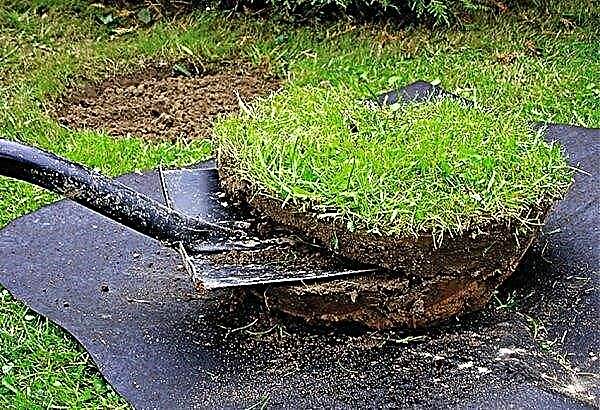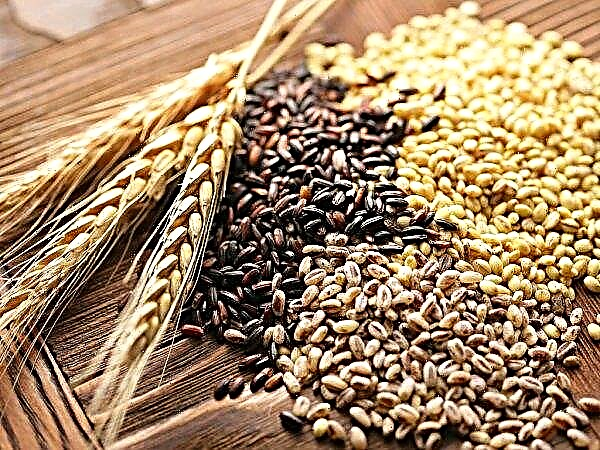Crop rotation is one of the most effective ways to increase crop yields and land fertility. This procedure is the alternation on the same plot of land of different cultures with each new summer season.
Why is this agricultural technique necessary?

The reasons why it is recommended to adhere to crop rotation on their beds:
- The same plants accumulate pathogens in the soil, provoking various diseases. Therefore, these bacteria for the next such crop will reach a critical amount in the land, and the plants will hurt or die. Therefore, observing crop rotation, vegetables are planted that are not affected by the same diseases.
- A natural biological process during the growth period of any culture is the release of toxins into the soil by the root. Plants of the same species, planted later on in the same place, react negatively to these substances.
- Vegetables need a different set of useful elements from the soil. Therefore, if crop rotation is not observed, the land will be depleted, because after several seasons of planting the same vegetables in the same territory, they take a certain set of substances from the soil. So there is a devastation.
- Weed Inhibition.
- Fertilizer Savings.
Basic crop rotation rules

In order to improve the flow of nutrients to plants, as well as reduce the likelihood of various diseases, it is necessary to adhere to a few simple crop rotation rules:
- Take into account the mutual influence of plants on each other.
- It is necessary to study the diseases and pests that affect all crops.
- You need to figure out which vegetables belong to which family.
- It is impossible to plant not only the same plants every year on the same place, but also relatives related to them.
- A break in landing should be at least 1 year, but better than 3.
- If it is possible not to plant vegetables in any season, then the best solution would be to plant siderata plants on this place. They saturate the soil with useful substances and improve its quality, increasing fertility.
- Crop rotation does not preclude the cultivation of certain crops in close proximity to each other, while taking into account their compatibility.
Phenomenon of the influence of plants on each other noted even in ancient Rome, when the scientist Pliny the Elder in his notes described the negative effect of cabbage on grapes.
Classification of plants by their consumption of nutrients from the soil

When drawing up a crop rotation plan for a site, you need to understand which plants replenish the earth with useful substances, and which, on the contrary, greatly deplete it.
The largest number of trace elements from the earth is chosen:
- tomatoes
- cabbage,
- beet,
- eggplant.
Average consumption:
- potatoes,
- bell pepper
- garlic,
- bow.
Plants saturating the soil with useful substances:
- bean
- clover,
- winter rye
- mustard.
Neighborhood of cultures
When drawing up a planting plan for the season, it should be borne in mind that plants emit substances that can affect neighboring plantings in different ways. This influence can be either positive or negative. Cultures can help each other grow and deter pests, or vice versa, inhibit development.

Needles or bitter plants have a bad effect on vegetables, and spinach is useful for many types of plants. Onions, garlic, basil, thyme, lemon balm can help against pest attacks. Beneficial effect on the composition of the soil and on other crops - dandelion, chamomile, valerian, nettle.
Success in growing crops depends on the labor invested and a competent approach.
Vegetable crop rotation table













